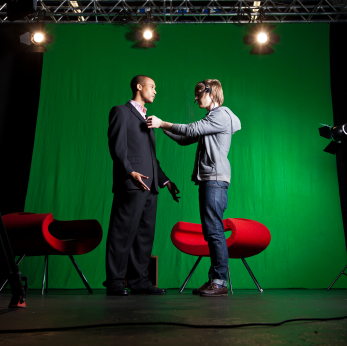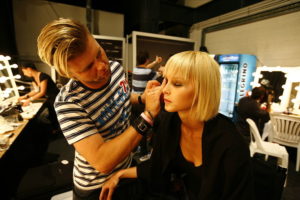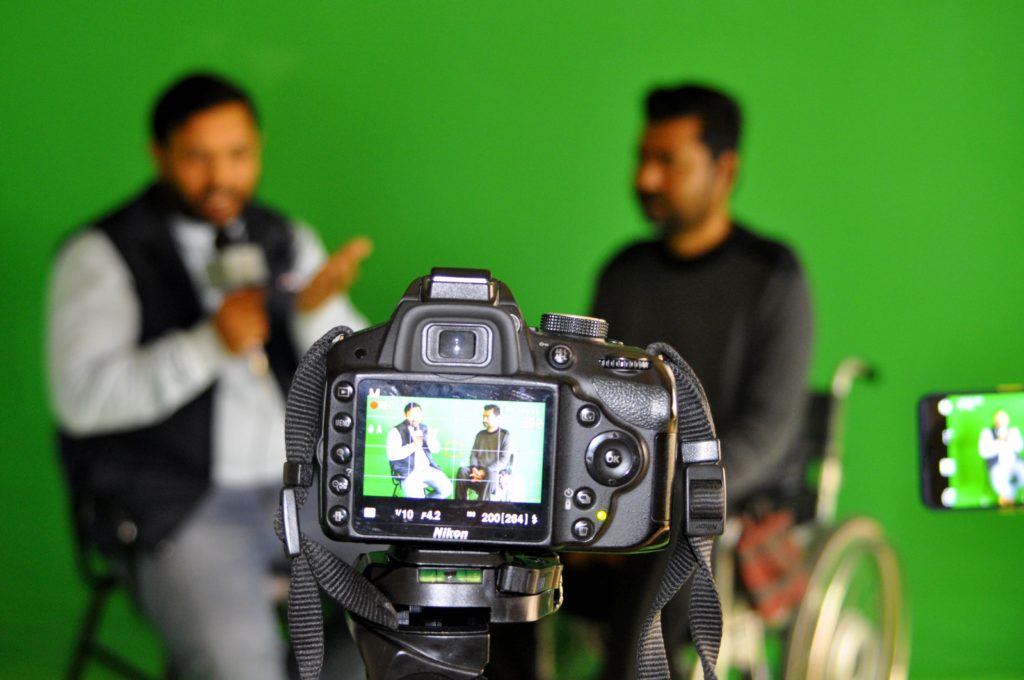Five Tips To Help Your Next TV Appearance Run Smoothly
Editor’s Note: This post was written by Christina Mozaffari, our firm’s senior media trainer. She was previously a producer for NBC News, where she produced stories for Nightly News with Brian Williams, The Today Show, and Hardball with Chris Matthews, among others.
When I was a producer for NBC News, part of my job was to consider not only what interviewees said but also the pictures that accompanied their remarks. The spokespersons who considered a few “small” logistical issues made the process run a lot more smoothly for the news crews – and for themselves, in the long run.
Here are five logistical tips to remember when you’re working with television crews:
1. Remember Who Makes You Look Good: The first and golden rule. The reporter and producer are not the only people involved in this process. Be courteous to the camera crew and any engineers involved. They are the ones who will make sure your shot is well lit and flattering. Plus, it simply shows good manners.
2. Allow Time For Set Up: When doing a sit-down interview, allow up to an hour for the crew to set up. Many crews and producers will carefully light the shot and move items on the set (be it in your office, a conference room, or someplace else) to make the shot look more interesting. They’ll also test the microphones. The more time you give them to make adjustments, the better your shot will look and sound.
3. Consider The Location: Think about where the interview is taking place. If you’re working with a local crew, a lot of times, you’ll be standing up and the interview will be done fairly quickly without much setup. So consider your background. Offer them a location that says something about your organization.
For example, if you work in education, suggest doing the interview with a school-themed backdrop, like a classroom or a hallway with lockers. Not only does it make for a more interesting picture, it gives you an opportunity to tell more of your story visually in addition to using your words. Crews that have the time to more carefully set up an interview will appreciate this too.
4. Wear Makeup: Speaking of the picture, do wear some makeup. Ladies, as you read this, I’m guessing you’re shouting “Duh!” right now. This is more a warning for the men. Most of the male anchors and reporters on television wear makeup to reduce shininess and even out their complexions.
Gentlemen, do yourselves a favor and keep a powder in your shade handy if you plan to do interviews regularly. They’re relatively inexpensive – a MAC pressed powder (one of the most commonly used brands of makeup for television folks) will run you around $30 but will last you years. If you are “follically challenged,” remember that camera lights can make your head appear shiny. A little powder will go a long way toward removing a possible distraction from your interview.
5. Repeat The Question Back: If yours is a sound bites interview, meaning the interview is not live and the reporter will use only a part of what you say in his or her story, repeat the question back in your answer. This gives the reporter a complete sound bite on tape and ensures that the answers you give are usable. For example, if a reporter asks a question like, “Why did you decide to go with Plan A instead of Plan B?” you would say, “We decided to go with Plan A because…”
Doing so increases the chances of getting your complete, concise message into the story. But one huge caveat: Do not repeat negative language. If the reporter asks you a loaded question or a question that insinuates your organization has done something wrong, you do not want yourself repeating that idea back to him or her on tape.
Is your executive team or board of directors long overdue for a media training session? Please contact us to learn more about our customized media training workshops.




